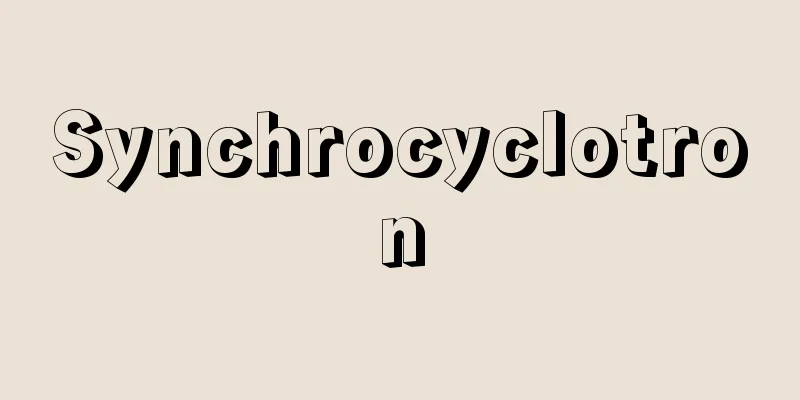Reburial tomb - Saisoubo

|
A tomb in which the body is skeletalized by some method such as burial or exposure to the elements, and the remains are then placed in a bone repository such as a pot-shaped earthenware vessel and reburied. This type of tomb developed in eastern Japan from the end of the Jomon period to the middle of the Yayoi period. Source: About Shogakukan Digital Daijisen Information | Legend |
|
遺体を土葬や風葬など何らかの方法で白骨化した後、遺骨を壺形土器などの骨蔵器に納めて再び埋葬した墓。縄文時代末期から弥生時代中期にかけて、東日本で発達した。
出典 小学館デジタル大辞泉について 情報 | 凡例 |
>>: Grass and shellfish harvesting industry
Recommend
Miyakoji [village] - Miyakoji
A village in Tamura County, eastern Fukushima Pref...
manufacturing
...Industries also include businesses that use pr...
Sakha Avtonomnai Sovetskai Sotsialisticheskai Respublikata
…Yakut people [Setsya Aoki] [Hideo Katsugi]. … *S...
Gymnasium
A gymnasium, abbreviated to "gym." Sourc...
External hemorrhoids
… Hemorrhoids occur when the superior and inferio...
Aeonium
...The Japanese species Orostachys iwarenge (Maki...
Ganache - Ganache
...Squeezing is a technique that is essential for...
Hole bath - Anaburo
...In this method, a hearth like a cave that peop...
Italian Oil Company - Italian Oil Company
…At the age of 30, he founded a chemical company,...
Caterpillar - Caterpillar
A common name for the larvae of Lepidoptera insect...
Zalophus californianus japonicus (English spelling)
…[Tokuji Chiba]. … *Some of the terminology that ...
The Strasbourg Compact - The Strasbourg Compact (English: Serments de Strasbourg)
Also known as the Covenant of Strasbourg. A treaty...
Leave of absence - leave of absence
...(c) refers to cases where an employee is engag...
Renewal
...A system by which administrative authorities r...
Indian star tortoise (Hoshigame)
This land turtle of the Testudinidae family is con...









